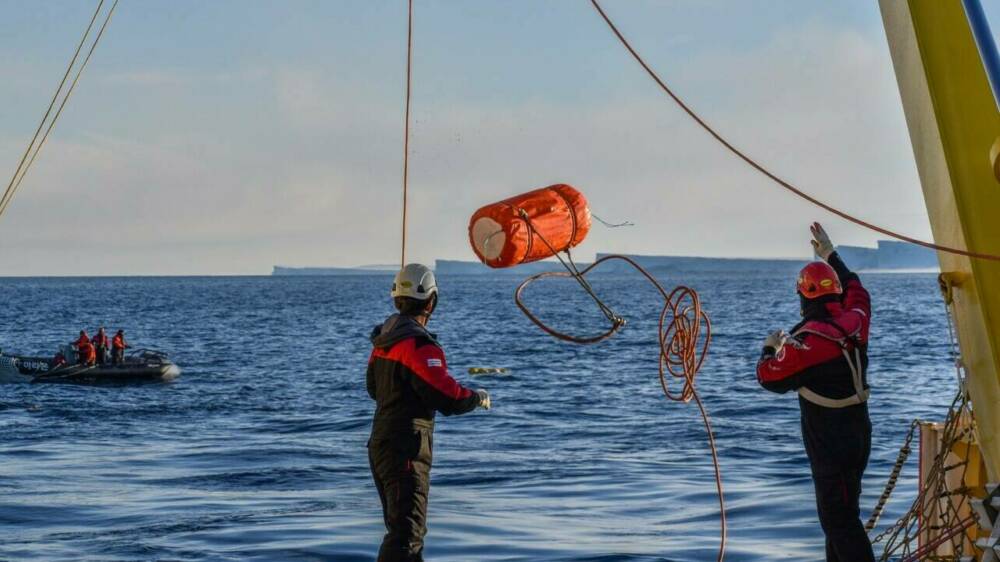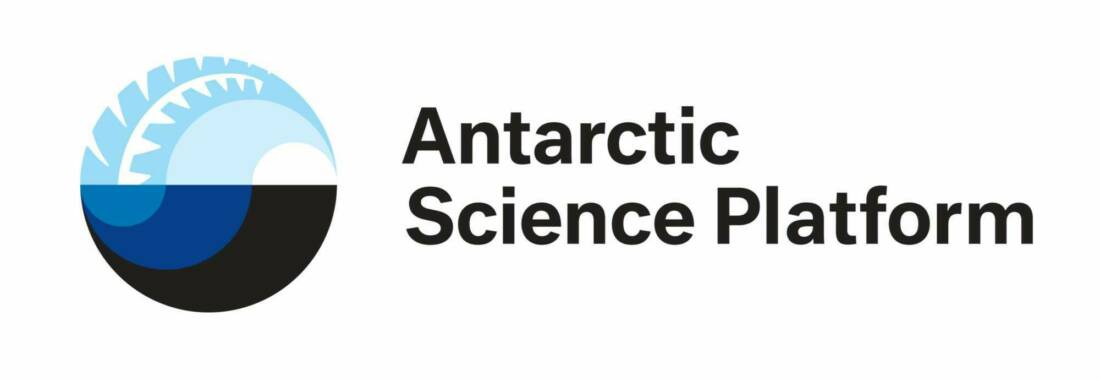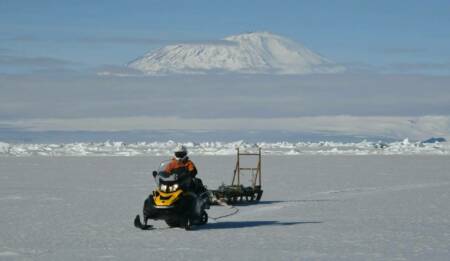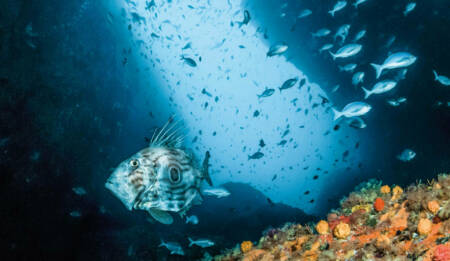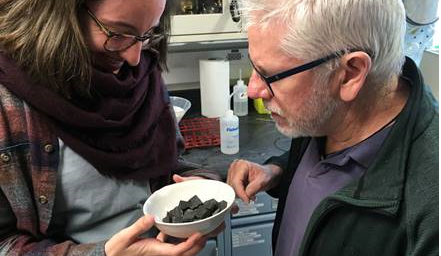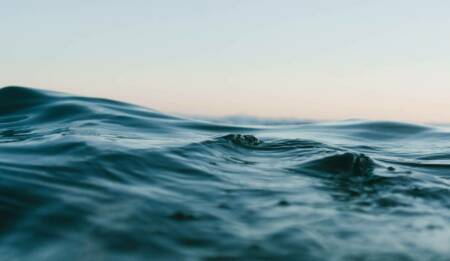Antarctic Science Platform Project 3: Projecting Ross Sea ecosystem changes in a warming world
The Ross Sea is one of the most productive marine ecosystems in the Southern Ocean, and includes the world’s largest marine protected area. But there are wide gaps in the understanding of how the ecosystem is structured and functions, and how vulnerable it will be to a warming climate.

Background
Understanding the network of physical, chemical, biological and variables that determine which organisms live where is vital for projecting the consequences of a warming world for Antarctic marine life.
This project develops an understanding of biodiversity and biogeography to provide a baseline against which to project and detect change over the coming decades. We have to know what usually lives where before we can tell if that is changing as the climate warms.
Project details
The project focuses on developing insights into the biodiversity and productivity of the Ross Sea. It uses modelling approaches to combine observations of environment, biogeography and biotic interactions to understand how communities are structured and function. The team will visit multiple research locations on the sea floor along the Victoria Land coast, and will establish a network of sites for long-term observations.
Open ocean research will acquire datasets to facilitate modelling of the biogeochemical process that drive the base of food chains, and to link these through food web models to key elements of food chains to top predators.
What they hope to achieve
The researchers are looking to answer four questions:
- How can we expect the marine environment to change in a world that is 2C warmer?
- How will the distributions of organisms respond to environmental change?
- How vulnerable are food webs to changes in sea ice and ocean circulations?
- What are the consequences to the whole Ross Sea ecosystem?
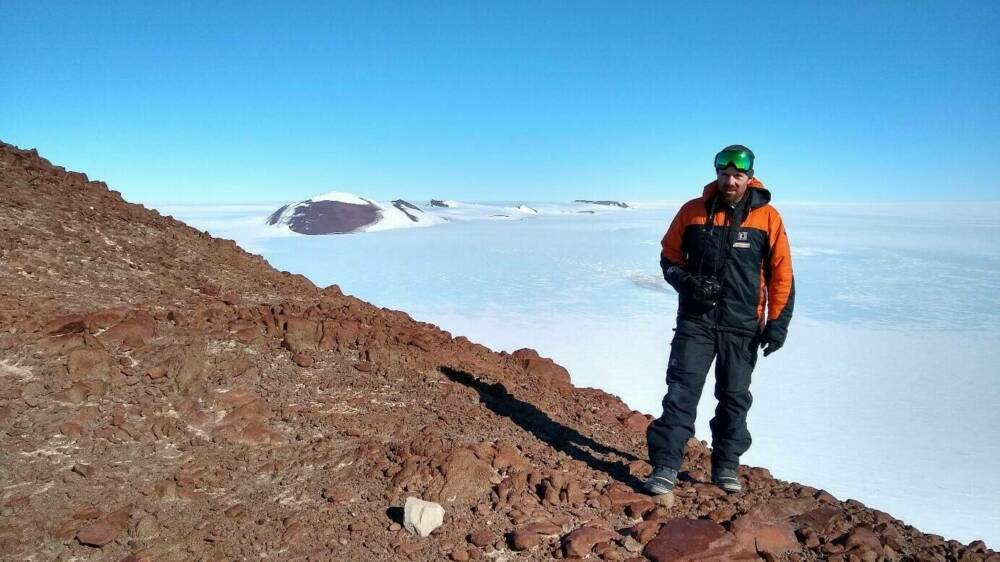
Resource

